What's so special about FTP? A lot - so here’s how to test and improve it
Recently picked up a power meter or indoor bike and want to get started working on your Functional Threshold Power? Here's everything you need to know

Anna Marie Abram
FTP - which stands for Functional Threshold Power - is a term which is ubiquitous amongst cyclists and is a common measure of fitness. FTP figures can be a source of competition among some riders, and they're routinely used to set training zones during interval sessions. But, what exactly is FTP? And, most importantly, how can you make yours higher?
FTP is effectively a measure of the power you can hold for an hour, measured in watts. But, there's more to it than that - with several possible tests to ascertain your FTP, and even more ways to improve it, either training with a power meter or indoors on a turbo trainers or smart indoor bike.
Here's everything you need to know about the mythical FTP.
What is FTP?
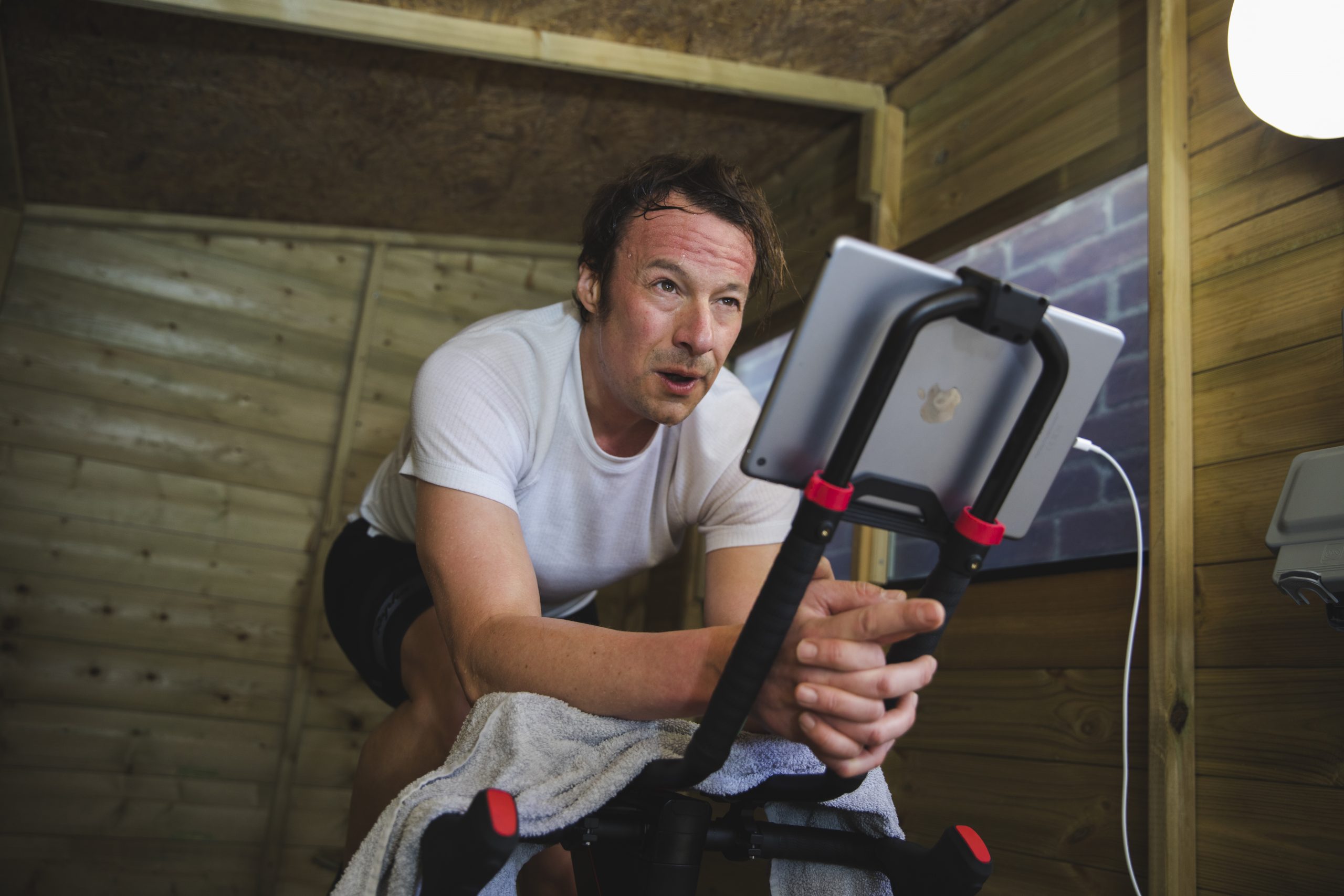
The scientific definition of FTP, according to the “father of FTP”, exercise physiologist Andy Coggan is “the highest power that a rider can maintain in a quasi-steady state without fatiguing for approximately one hour.”
The missing 40 watts...
“Good job on improving your FTP!” my then coach Richard Laidlow congratulated me two years ago. My Functional Threshold Power was now 290 watts, he informed me, and I was thrilled. A year later came the cold shower: I did a physiological test with a different coach, and my Anaerobic Threshold was measured as 250 watts - how had I lost 40 watts, and where had they gone?
I subsequently learned more about the aerobic pathway, where energy is released from glucose and fat in the presence of oxygen. Using this aerobic energy system, I’m able to produce only 250 watts - the ‘missing’ 40 watts were from my body’s anaerobic contribution, where energy is unlocked from glucose without oxygen. FTP included both: the watts I was producing aerobically and anaerobically. The key lesson was that there are multiple thresholds, each meaning different things - so why as cyclists do we rely so heavily on FTP?
It’s important to remember that aerobic and anaerobic pathways are always intertwined and working together. Many of us assume that FTP tells us the pace we’re able to ride for an hour - but often this doesn’t stack up in practice. Setting aside discrepancies between different power meters and apps, how can we be accurate in how we discuss and apply FTP in our training? More importantly, is FTP the best metric to assess our fitness and upon which to base our training intensities - or should we look elsewhere?
The best power meters are accurate to +/- 1 per cent, and units have continued to drop in price, allowing more and more riders to benefit from accurate numbers.
Notice the qualifiers in there – a certain level of approximation is built in. “When power exceeds FTP,” Coggan continues, “fatigue will occur much sooner, whereas a power just below FTP can be maintained considerably longer.”
The word ‘functional’ is the key to understanding the reliability and validity of FTP – it is functional because it has a practical and useful application in the power-based world of cycling. However, FTP values are neither absolute nor 100 per cent precise. Moreover, the classic ‘20-minute power times 95 per cent’ method of establishing FTP is not a definition, but only a protocol developed by coach Hunter Allen – with whom Coggan co-authored the book Training and Racing with a Power Meter in 2006.
Get The Leadout Newsletter
The latest race content, interviews, features, reviews and expert buying guides, direct to your inbox!
In physiological terms, FTP is a practical estimation of your metabolic steady state; that is, it estimates the intensity you’re able to sustain for a long period of time. Exactly how long? More on that question below. For now, it’s important to note Coggan’s use of the words “quasi” and “approximately”.
“A true metabolic steady state doesn’t exist,” says the physiologist. “Even at low to moderate intensities, there are changes in oxygen uptake, fuel utilisation, lactate and hormone levels.”
The rate of these changes is quicker at higher intensities, and the transition from the quasi steady-state – an effort level that feels hard but manageable – to a definitely not steady-state – being forced to ease off – can happen very quickly.
What does FTP tell you?
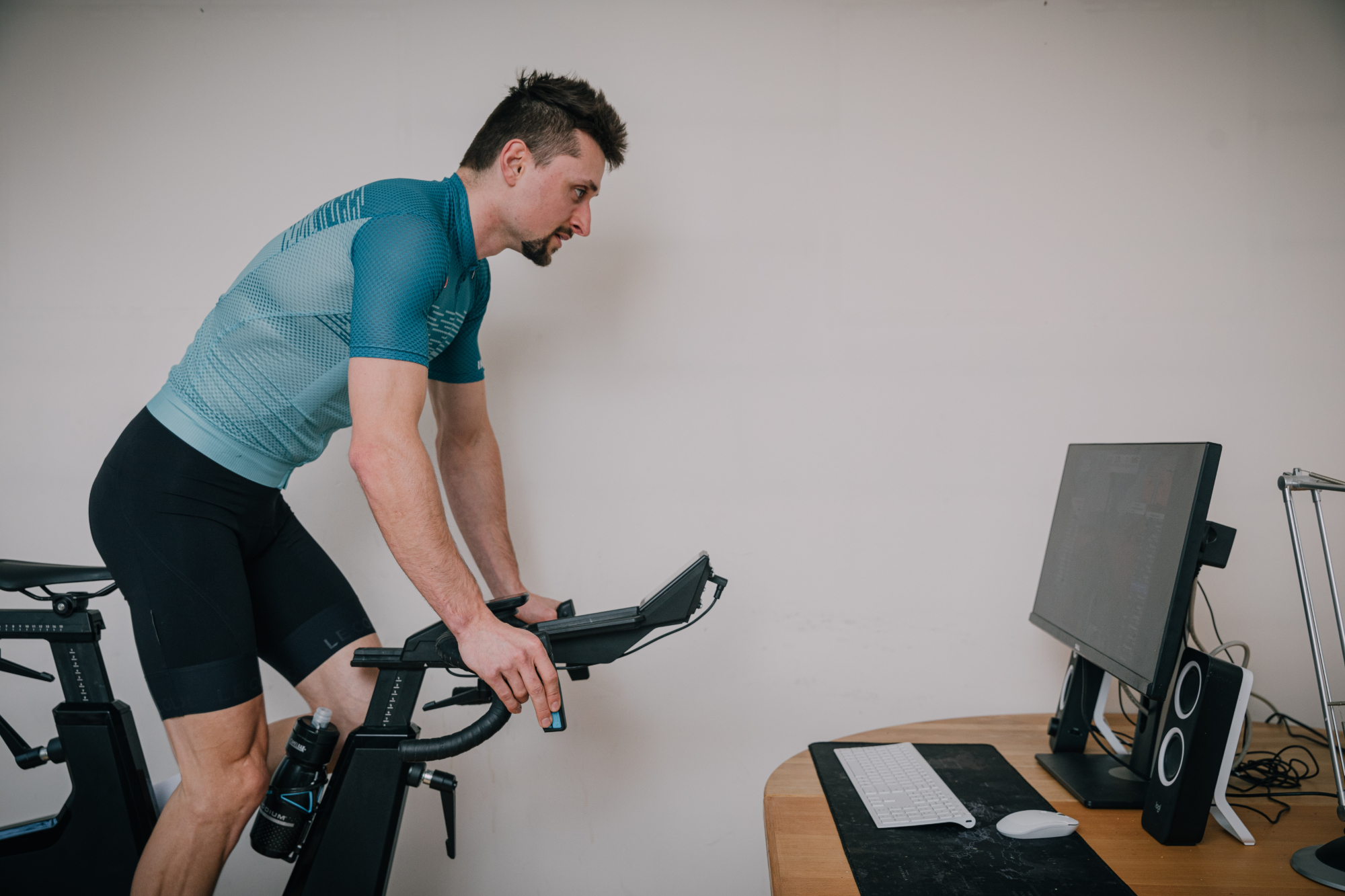
FTP is often used as the most accessible measure of fitness, when combined with weight and, ideally, heart rate data - check out our guide to the best heart rate monitors here.
If you're training for an event, you can measure FTP every four weeks to track progress. If the number goes up without your weight also increasing, you should have become fitter.
The ideal situation is that FTP has gone up, weight has gone down and heart rate to produce the same power is lower – but unless you're starting from a fairly low level of fitness it would be incredibly hard to manage all three.
Coaches and athletes will usually focus on a range of power figures - for example, five-second, one minute, and five minute, as well as FTP numbers when determining a rider's programme - however, FTP still holds a very strong significance. Of course, if shorter efforts are more important to your goals, you may wish to focus your attention there, instead.
What’s the best FTP testing protocol?
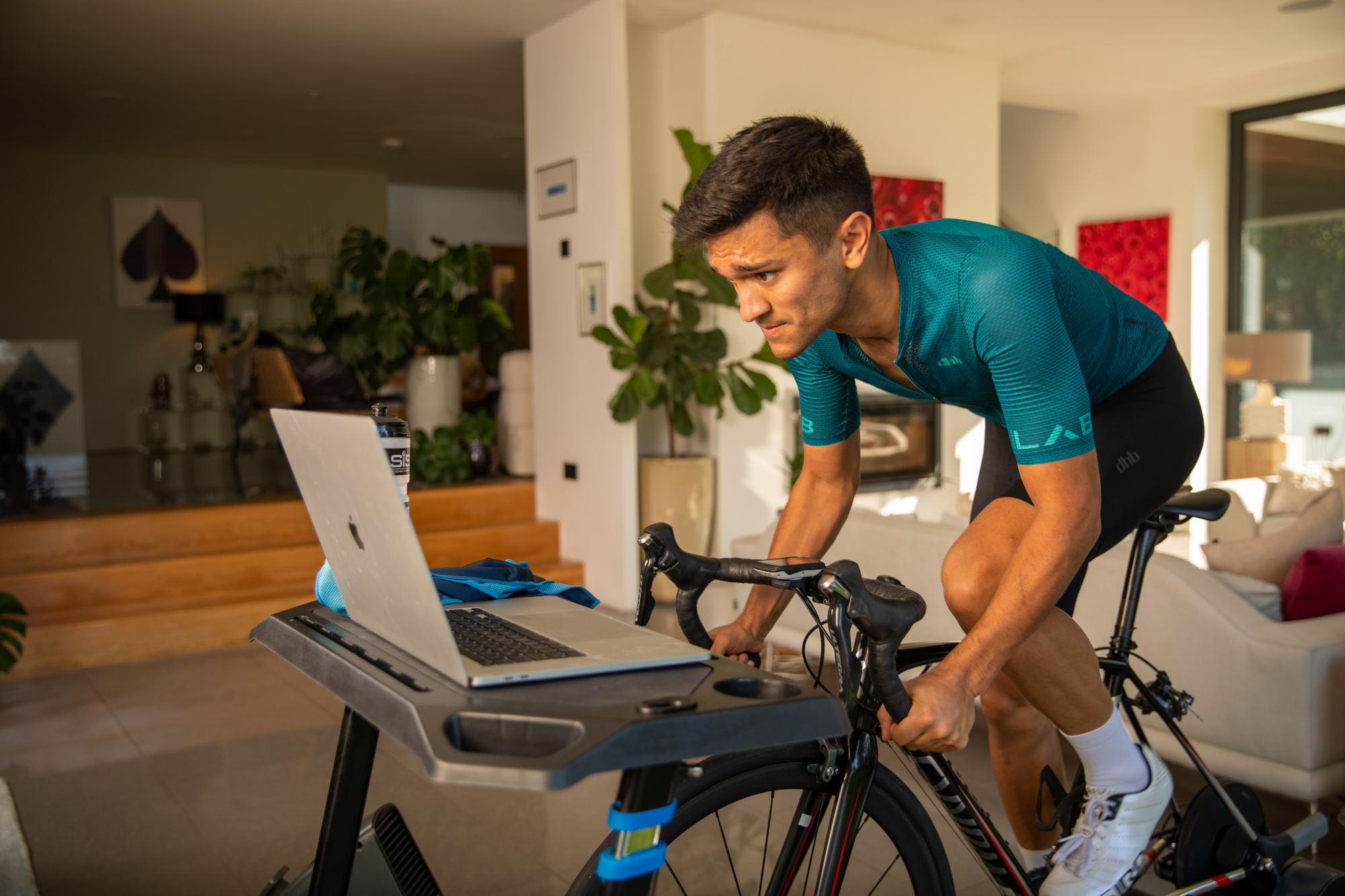
The best-known and most used protocol for FTP is the flat-out 20-minute test. FTP is calculated as 95 per cent of the average power output for the 20 minutes.
Coggan has a list of tips for improving accuracy and avoiding mistakes: inspect the ride file; analyse the power distribution from multiple rides; determine blood lactate measurements; check the Normalised Power of a hard one-hour race; note down the power you routinely generate during long intervals in training; and inspect the average power during a one-hour (or 40km) TT.
Stephen Seiler, exercise physiologist and professor in sport science at the University of Agder, Norway, is likewise a fan of the hour-long time trial. “It’s tough. I’ve done it. But then the anaerobic component is minimal if you go for 60 minutes,” he says. “If you really want to have an accurate idea of your aerobic, diesel engine, do a 60-minute test.”
For one reason or another, the traditional FTP test might not be for you.
If it's the intensity that's putting you off, you should consider trying a ramp test alternative to the conventional FTP test.
Zwift and Wattbike both have the ramp test that might be perfect for your skills - after a brief warm-up, you will then perform a series of one-minute intervals with the power increasing each time.
You will start at 100 watts and then every minute the power will increase until you can't turn the pedals any longer. Once you stop pedalling, the apps will then calculate your FTP based on how far you got in the session.
It's a less demanding session than the 20-minute FTP test and will still offer a good idea of where your FTP currently sits.
On the Wahoo X training platform, you’ll find The Sufferfest’s revolutionary version of the ramp test, the Half Monty, which will give you three fitness benchmarks – the FTP, maximal aerobic power (MAP), and lactate threshold heart rate (LTHR).
Or if these options are too general for your tastes, The Sufferfest uses '4DimensionalPower' (4DP), which looks at five-second, five-minute, 20-minute power as well as a one-minute effort following fatigue. The result is a picture of the rider's Neuromuscular Power, Anaerobic Capacity, Maximal Aerobic Power and Functional Threshold Power. Looking at all of these figures each month would give an incredibly accurate representation of overall fitness.
Wattbike also has its own selection of fitness tests, including the classic 20-minute FTP test, a tough maximum ramp test to find your maximal minute power and your max heart rate, the Submaximal Ramp test, and a short, sharp three minute aerobic test, which all help you find your benchmark.
How to increase your cycling FTP
Your FTP will be used to set your cycling training zones.
The exact percentages and training zones vary depending upon the coach that's using them - but in 'Training and Racing with a Power Meter' Allen and Coggan promote those below:
| Zone | Percentage of FTP | Use for |
| 1 | <55% | Active recovery |
| 2 | 56-75% | Long, endurance rides |
| 3 | 76-90% | Tempo rides aimed at improving endurance at high effort |
| 4 | 91-105% | 8-30 mintue intervals focused on improving FTP |
| 5 | 106-120% | 3-8 minute 'V02 max' intervals |
| 6 | 121-150% | 30sec-3minute efforts focused on improving anaerobic capacity |
| 7 | N/A | Efforts less than 30 seconds, sprinting, neuromuscular power |
With these zones, you can establish which systems you want to target. Ideally, this will be periodised so you're working on different attributes to suit your goals through the year.
If improving your FTP is a target, There are innumerable sessions that are targeted at increasing FTP, performed over different durations. Any workout above a recovery pace but below VO2max will induce some physiological adaptations that enhance muscular metabolic fitness.
TT efforts at threshold: A classic time-efficient session
- 10min warm up
- 2x 20min @ Z4 (5min rest between)
- 10min cool down
Be warned, this session is hard! If you’re not ready for it, build up from three times 10 minutes at Z4, moving on to two times 15 minutes at Z4.
The best indoor training apps for cycling, such as Zwift, have ready-built sessions that are easy to follow. Cycling Weekly’s resident cycling coaching expert Andy Turner of AT Performance picked out the best workouts on Zwift, and his choice on the best Zwift workout to improve FTP was Zwift’s 2x15 FTP Builds workout.
What’s a good FTP?
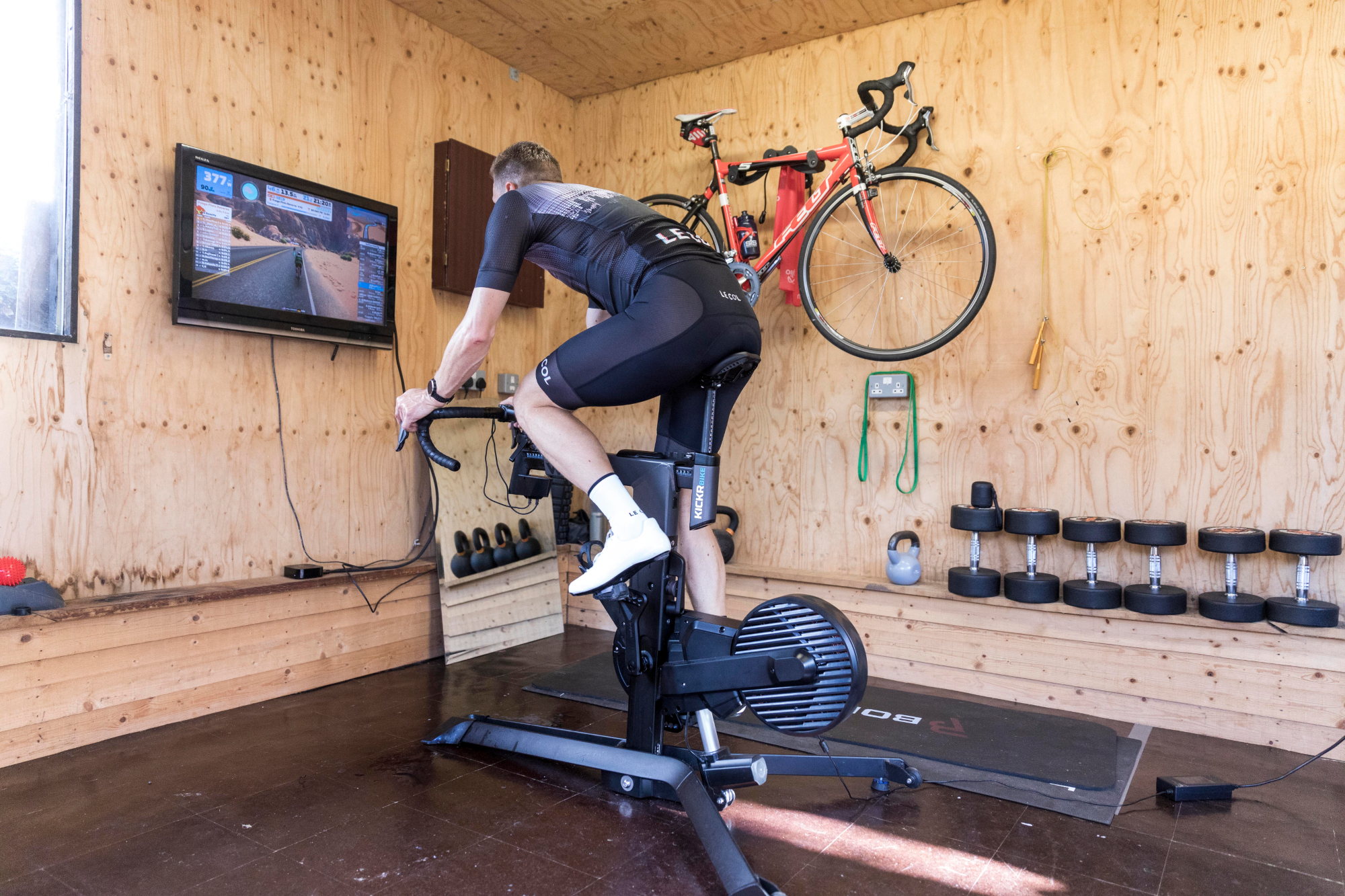
Sports scientists have tried to collate FTP values for different categories of men and women cyclists, but because of variation between power meters and inaccurate body weight data, crowd-sourcing these values has been tricky. The following is from Andy Coggan’s power-profiling table (from Training and Racing with a Power Meter).
Here, FTP is expressed in terms of watts per kilo – the power produced divided by the rider's weight. It's a nominal value based on the theory that you would need more power to go at the same speed, and less if you lose weight cycling – even though taking slope, aerodynamics and rolling resistance into account that isn't always the case.
- World Class Men: 6.60 - 5.83 W/kg
- World Class Women: 5.69 - 5.01 W/kg
- Exceptional Men: 6.02 - 5.26 W/kg
- Exceptional Women: 5.18 - 4.51 W/kg
- Excellent Men: 5.45 - 4.69 W/kg
- Excellent Women: 4.68 - 4.01 W/kg
- Very good Men: 4.88 - 4.12 W/kg
- Very good Women: 4.17 - 3.50 W/kg
- Good Men: 4.31 - 3.55 W/kg
- Good Women: 3.67 - 3.00 W/kg
- Moderate Men: 3.74 - 2.98 W/kg
- Moderate Women: 3.17 - 2.50 W/kg
- Fair Men: 3.17 - 2.50 W/kg
- Fair Women: 2.66 - 1.99 W/kg
- Novice 2 Men: 2.60 - 1.83 W/kg
- Novice 2 Women: 2.16 - 1.49 W/kg
- Novice 1 Men: 2.02 - 1.68 W/kg
- Novice 1 Women: 1.66 - 0.99 W/kg
What are the limitations of FTP?
Even in the World Tour, FTP has a mixed reputation. Former world champion Annemiek van Vleuten doesn’t bother to measure hers. “I also don’t care about it,” she said. “I train polarised.”
Similarly dismissive of FTP, Dan Lorang, head coach of pro cycling team Bora-Hansgrohe, uses his own calculations to determine his riders’ thresholds and how these levels interact with VO2max and lactate accumulation.
“If I only used the FTP value with the team, it would be hard for me to understand where the value is coming from, or in which direction should I progress that number,” says Lorang.
“It gives information about the current performance level for constant intervals and efforts, but it only gives me a number, and nothing more. It doesn’t tell me what happens if the athlete continues for more time at that effort.”
Many world-class male TT specialists have FTPs well in excess of 400 watts; Bradley Wiggins’s Hour Record power was estimated as 440 watts. However, in long-distance road races, it’s not what you can do after 20 minutes, but what you can do after five hours that counts.
“FTP doesn’t capture athletes’ durability or ability to repeat high-intensity bouts during races,” says Seiler. “It tells us something over a short period of time, but over a long period of time, the FTP power deteriorates. What is going on in their body after three or five hours? I want to know how durable your body is at low power, and its ability to repeat high-intensity efforts over time.”
Professor Seiler believes cyclists need more than a power number to guide their training. “Power is the outcome. It doesn’t tell us about the underlying issues of the engine, the physiology,” he says. “That’s why I want athletes to tune it to their subjective perception of effort – because that changes during a long ride. Heart rate is also our best tool for getting a window in the internal load of the body during a training situation or a race.”
Even so, both Lorang and Seiler agree that FTP has its uses in cycling, particularly among amateurs who don’t have access to labs for regular testing.
“It is useful,” says Seiler. “The first word [functional] is key. FTP is a number that age groupers and amateurs can test and relate to pretty quickly.”
Lorang agrees: “FTP is easy to use, and if used in the right way, it can be a good tool for everybody, but we shouldn’t read too much into it.”
Alternatives to FTP
On top of the lab-based tests you can perform to determine your physiological values, in recent years performance- analysis software such as INSCYD, Mesics and Ergonizer (more below) have claimed that they can provide coaches and athletes with the same scientific value – but without visiting the lab. Alternatives to FTP have been proposed to overcome FTP’s limitations. The training app The Sufferfest designed its own Four-Dimensional Power and Half Monty protocol, intended to encompass FTP, maximal aerobic power, and lactate heart rate.
“There are so many different versions,” says Seiler, “and they are all trying to get at the same basic idea – that there is a point of intensity that you can maintain for a long time.”
However, it remains an inexact science. “Unfortunately ‘pretty long’ is about as accurate as you could be, because it varies. It’s between 30 and 70 minutes, but it’s fuzzy. FTP has value, and the 40 to 60-minute average [over multiple tests] corresponds quite well with the definition of the MLSS.”
It is impossible to determine FTP with absolute precision. The measurement can fluctuate from day to day or test by test, and results can differ on the turbo trainer versus outdoors, especially if your room is too hot or you’re not feeling motivated. It’s impossible to translate FTP into a real-world performance with any certainty – but why?
“First, the demands of the race or a hard training ride need to be considered,” says Sebastian Weber, physiologist and former coach to Tony Martin and Peter Sagan. “In a race, what’s important is being able to go with surges, recovering from hard efforts, carbohydrate sparing, sprinting and managing fuelling demands. During a race, a rider is never riding at FTP for more than a few seconds – they’re switching between different energy systems.”
During a bout of exercise, the three metabolic pathways that generate power – aerobic, glycolysis, and creatine- phosphate – always interact and overlap according on exercise time and intensity.
“Riders training by FTP have a massive blind spot, as they tend to ignore the aerobic versus the anaerobic contribution to their performance,” says Weber. Instead of fixating on FTP, he urges riders to pay more attention to VO2max. “It is common sense to describe training load as a percentage of the maximum,” adds Weber, “so when you express training load as a percentage of VO2max, you get the best understanding of what training stimulus you might apply to your aerobic system in order to force it to adapt.”
More thresholds than just FTP…
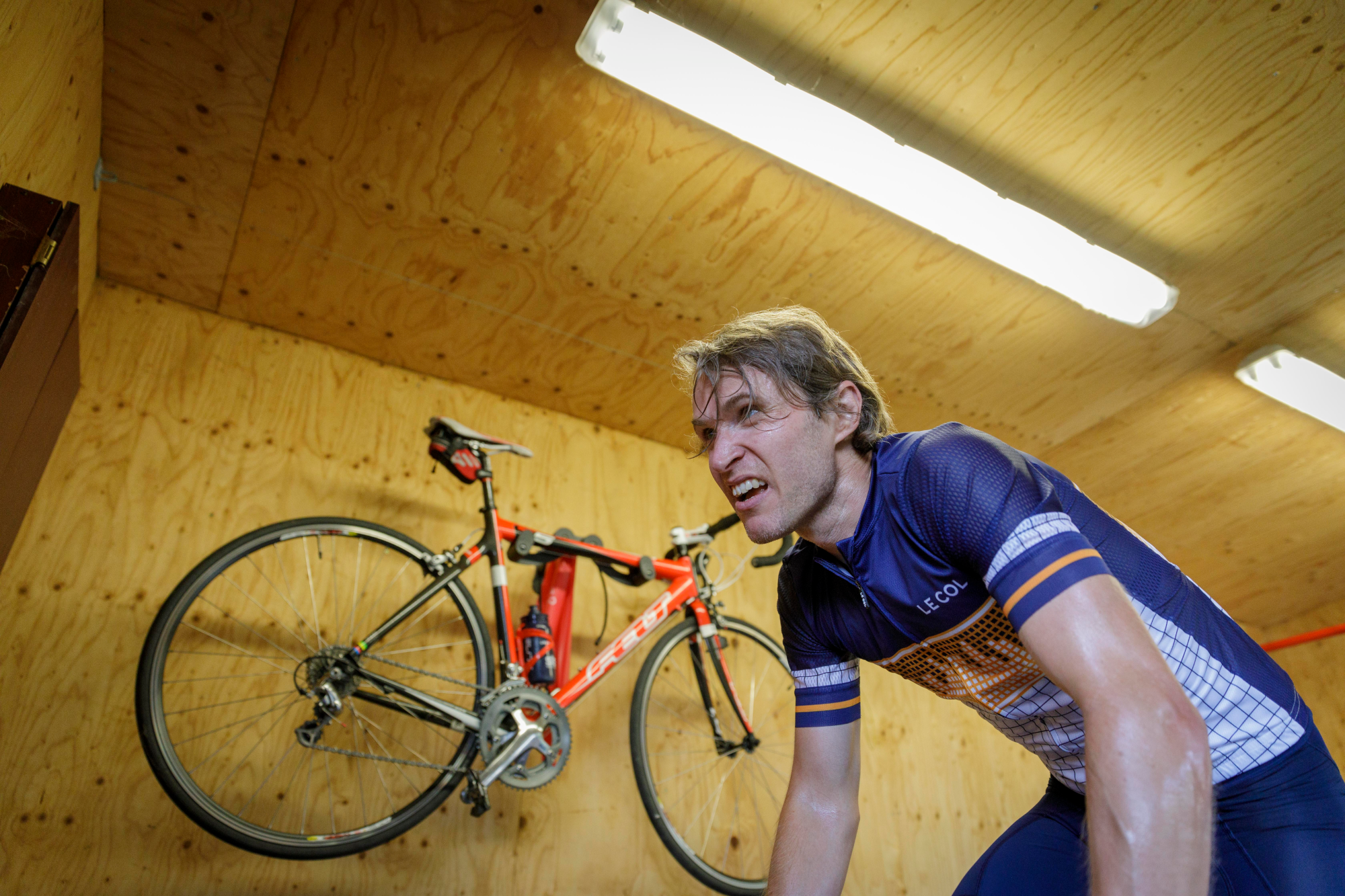
Exercise physiologists have, for decades, used the term lactate threshold (or just ‘threshold’) to describe this transition point. The lactate thresholds are the two points beyond which blood lactate accumulation occurs.
The Lactate Threshold 1 (LT1) is the point beyond which there is sustained increase of blood lactate concentration, but a steady and tolerable one for the body. The Lactate Threshold 2 (LT2), on the other hand, is where the accumulation becomes rapid, meaning the effort is no longer sustainable. FTP attempts to identify LT2, but without measuring lactate levels in the blood.
Again, we must remember that physiological responses cannot be nailed down with pinpoint accuracy – thresholds are not black and white; the lines are always blurred. Historically, the Maximal Lactate Steady State (MLSS) has been considered the gold standard of metabolic steady state – the highest effort level that can be sustained without continual blood lactate accumulation. The classic approach to test it requires several lab visits to quantify the lactate response to bouts of exercise lasting 30 to 40 minutes.
That’s why alternatives requiring single (or no) visits to labs emerged: Individual Anaerobic Threshold, which is based on lactate measurements, Lactate Minimum (a three-step test that estimates the balance between the appearance and clearance of arterial blood lactate), and their mathematical counterpart, Critical Power (CP), which is similar to FTP, but determines the maximum power sustainable over different durations, i.e. CP20 relates to 20 minutes, CP30 to 30 minutes, and so on. FTP, as Coggan describes it, was a “pedagogical construct” intended to solve the confusion around thresholds.
Beyond FTP
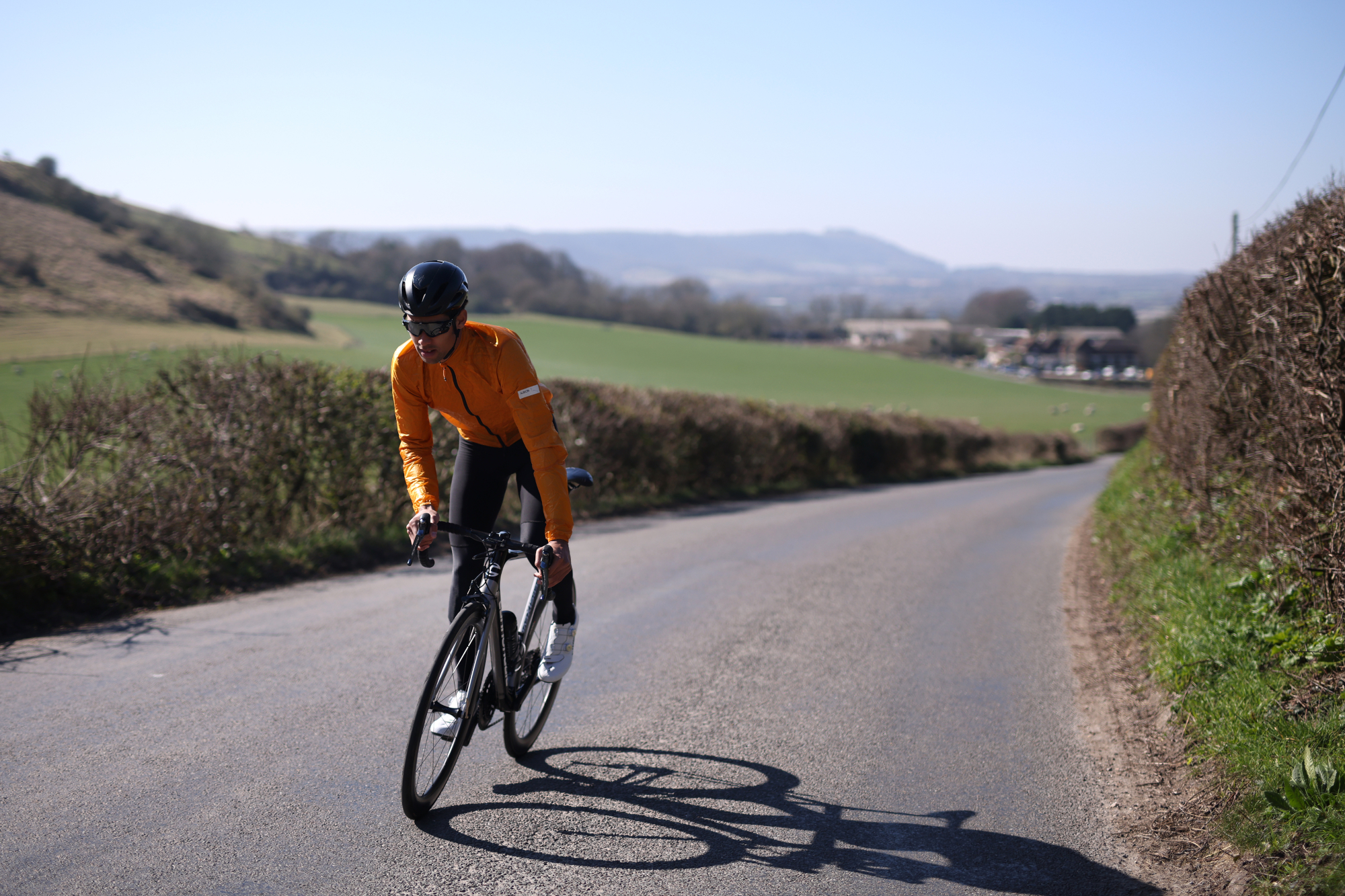
The new trend in performance analysis is the digitalisation and at-home test. Weber is the founder and CEO of the software INSCYD (pronounced ‘inside’ – connoting the program’s ability to ‘look inside’ the muscles).
Using a test that is performed either at home on the turbo, or outdoors while taking lactate samples, INSCYD claims to be able to provide all the most important physiological metrics: VO2max, Anaerobic Threshold, Lactate accumulation rate (VLamax), but also fat and carb combustion at given power output. Its functionality has been described as “well beyond FTP”; not only does it provide hard numbers, but also calculates training zones based on the body’s actual physiological processes.
Weber believes that FTP has had its day – the test equivalent of “making calls on your rotary phone”. He claims that, through INSCYD algorithms, athletes can now enter their values into software that can provide a “360-degree picture” of their physiology.
Other brands that offer performance diagnostics comparable to lab-testing are Ergonizer and Mesics. All three German brands – INSCYD, Mesics and Ergonizer – draw on the work of Czech physiologist Alois Mader, who in the Seventies developed the concept of a fixed 4.0mmol/l lactate anaerobic threshold.
Joachim Magera, head of Mesics, says that his software requires real testing (lactate or VO2max), and cannot operate on power-only tests, whereas: “INSCYD uses theoretical models to estimate the results using parameters like VO2max and VLamax without measuring VO2 or taking lactate samples. That may work quite well for healthy, well-trained athletes, but less well for others. Would you believe in the results on an x-ray if it relied on generalisations based on your age?”
History of FTP
Coggan began reading up on exercise physiology when he was in high school. He grew up reading scientific literature on lactate threshold, which cemented his idea that threshold as a measure of muscular metabolic fitness was the most important metric to determine endurance performance. As a cyclist, he’s been training with power (on an ergometer) since the winter of 1977-78. As a grad student in the late Eighties, Coggan tested cyclists, including himself, and co- authored the study ‘Determinants of endurance in well-trained cyclists’.
In 1997, he used an SRM for the first time, and in 1999 became one of the pilot users for the PowerTap. That’s when he started to express his ideas and studies in terms of power output, and in 2001 he wrote the first FTP-based ‘training levels’. Coggan believed that effective training hinged on implementing a polarised training programme – with 80 per cent of sessions performance at low intensity. USA Cycling asked him to write a chapter on power-based training for their coaching manual, which eventually became the three-edition cult classic book mentioned above.
Among the early adopters of FTP in the early 2000s were the creators of Training Peaks. “We adopted it, as we saw the value,” says Joe Friel, founder of Training Peaks and author of The Cyclist’s Training Bible. Friel believes the popularity of FTP is thanks to its simplicity. “It was the first and – for many, many years – the only way of specifying power output in a single number,” Friel continues, “and because Training Peaks adopted it early on, we established it as the standard.”
Nowadays, Training Peaks uses FTP to calculate all the crucial metrics cyclists talk about: Training Stress Score, Intensity Factor, PMC, training zones, and Normalised Power. Without FTP, the platform wouldn’t work.

Thank you for reading 20 articles this month* Join now for unlimited access
Enjoy your first month for just £1 / $1 / €1
*Read 5 free articles per month without a subscription

Join now for unlimited access
Try first month for just £1 / $1 / €1
Nick Busca is a freelance cycling and triathlon journalist. He is also a certified triathlon coach and personal trainer.
- Anna Marie AbramFitness Features Editor
-
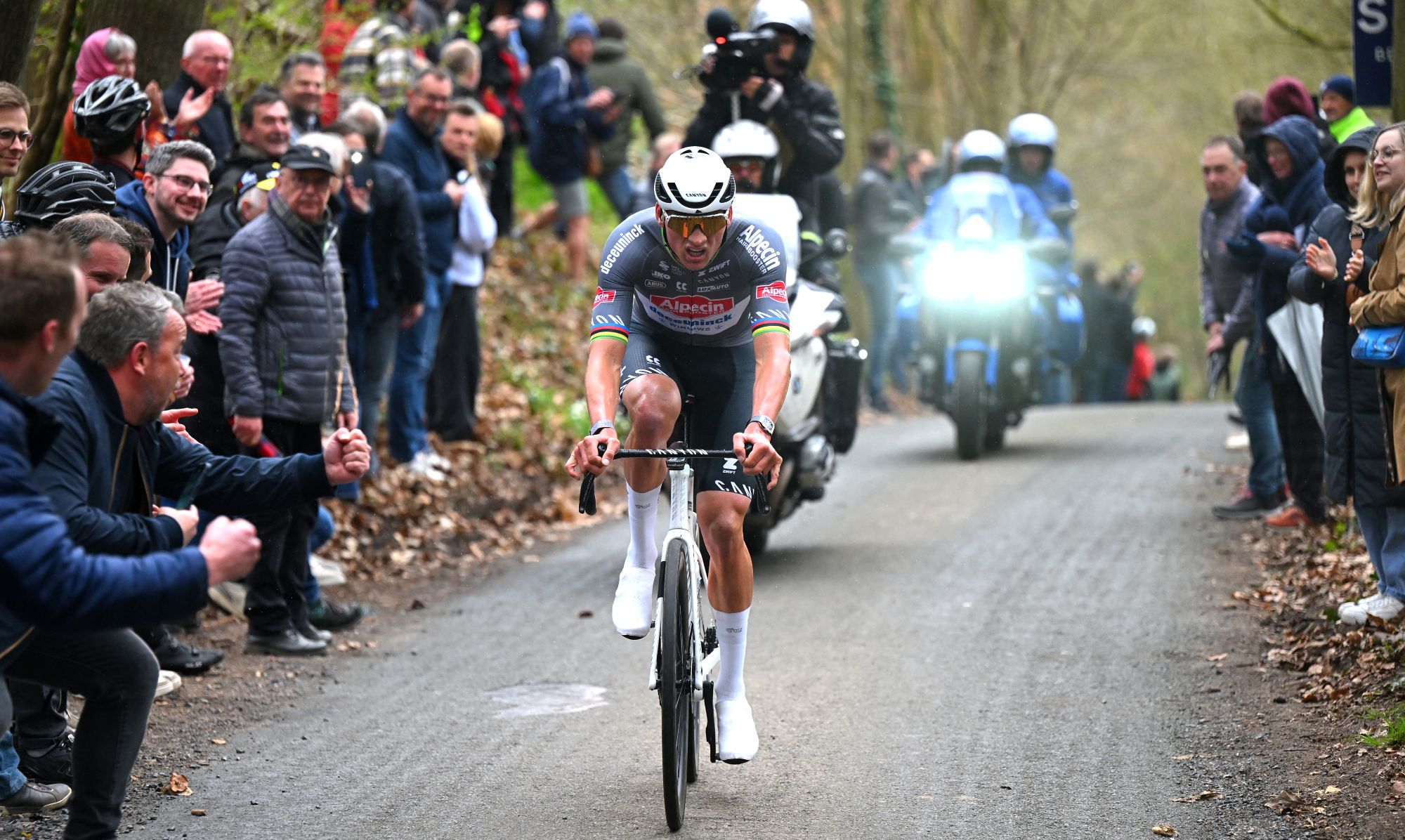 'I start every race to win' - Mathieu van der Poel fired up ahead of Paris-Roubaix showdown with Tadej Pogačar
'I start every race to win' - Mathieu van der Poel fired up ahead of Paris-Roubaix showdown with Tadej PogačarTwo-time winner says he has suffered with illness during spring Classics campaign
By Tom Thewlis Published
-
 'It's really surreal that now I'm part of it' - 19-year-old Imogen Wolff set to go from spectator to racer at Paris-Roubaix
'It's really surreal that now I'm part of it' - 19-year-old Imogen Wolff set to go from spectator to racer at Paris-RoubaixBrit first came to see the 'Hell of the North' when she was six
By Tom Davidson Published